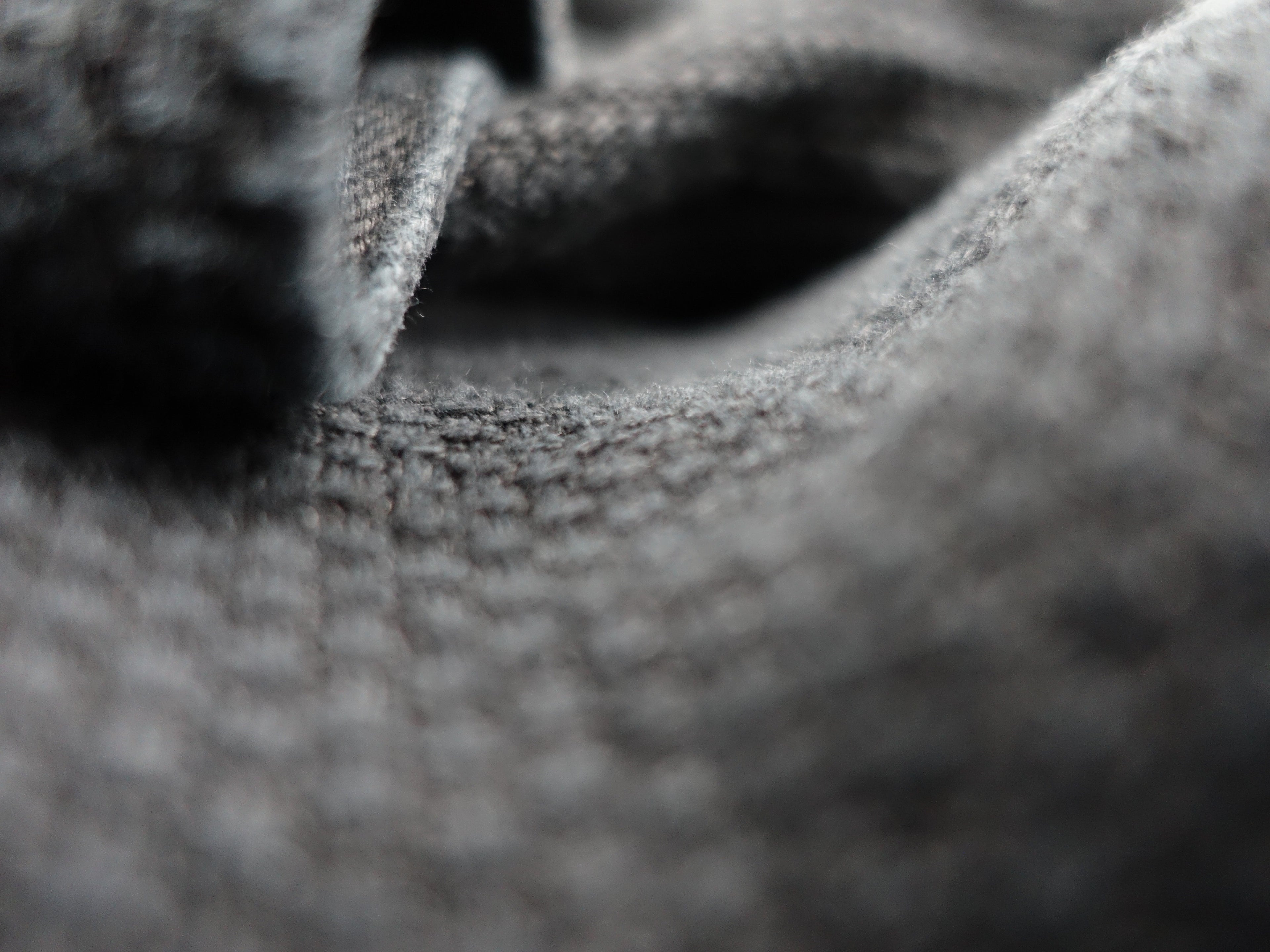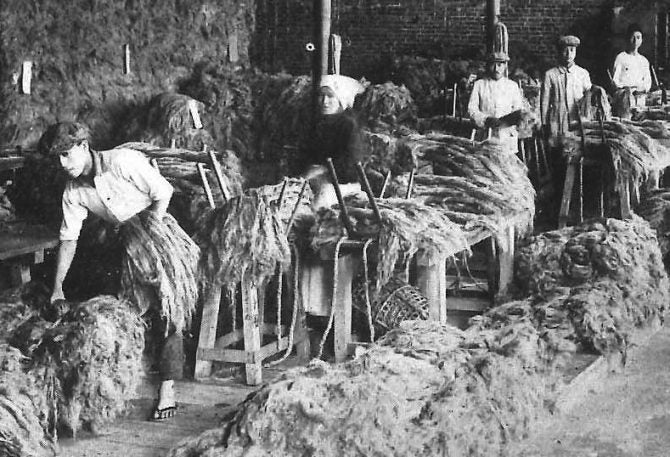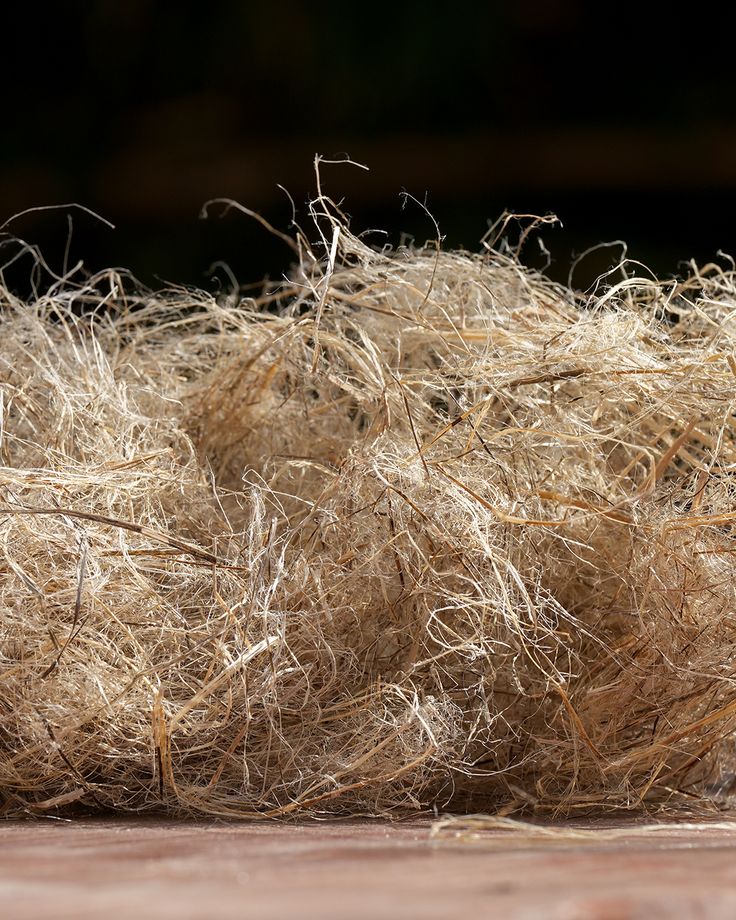
Training, Repetition, and the Gear We Trust
This isn’t just about gear. It’s about what we return to every single day: training, repetition, and the quiet strength that comes from showing up.
How it all started
We discovered Brazilian Jiu-Jitsu eight years ago. Through daily practice, we learned what repetition teaches—honesty, discipline, resilience.
But over time, we noticed something: our gis wore out too quickly. Frayed collars, thinning fabric, constant replacements. That’s when we decided to make the kind of gi we actually wanted to wear. Not just tough for a season, but built to last for years of training.
Our answer was hemp — a time-honored material that’s stronger and more hygienic than cotton, and perfectly suited to endure sweat and friction day after day.
In a world of disposable martial arts gear, we set out to create something different.

A Return to What Lasts
For centuries, asa (hemp) has been a symbol of purity and focus in Japan. It was used in rituals, martial arts, and everyday life when substance mattered more than appearance.
During the Edo period, hemp was chosen for uniforms that had to endure repeated use, such as firefighter jackets and martial garments.
When Jigoro Kano developed the first judo uniforms in the late 1800s, they were modeled after these durable hemp-based work clothes — garments strong enough to withstand throws, grips, and constant training. Over time, cotton replaced hemp for cost and convenience. But something was lost: the unmatched endurance of the original material.

Why Most Gis Don’t Last
Most modern gis are cotton. Cotton is familiar, but it wasn’t built for the grind of daily Jiu-Jitsu — constant grips, sweat, and washing wear it down in just a few years.
Hemp tells a different story. For centuries it’s been trusted in Japan and beyond for what had to last: firefighter uniforms, martial arts wear, ropes, and sails.
That same fiber strength is now in a gi. Hemp is 3–4x stronger than cotton, naturally antibacterial, and more breathable. With proper care, a hemp gi can last a decade or more — far beyond the lifespan of cotton.
Still Learning, Still Rolling
How does hemp hold up over years of training? We’re finding out the best way we know how—by rolling in it, washing it, and letting it evolve on the mats.
